Gone are the days when gardening was a reality only for those in the country. With so many modern adaptations and available plants, apartment gardening is a lot easier than you’d think. Now, you can easily bring all of the beauty and health benefits of a plant sanctuary into your small space.
Take a look at this comprehensive guide to learn everything you need to know about apartment gardening: from why you should have one, how to carefully choose plants, our recommendations for plants and products, and how you can keep your plant babies thriving.
Why Start Apartment Gardening?
After scrolling on Pinterest and Instagram, you’re now convinced that your apartment needs to be converted into an indoor plant sanctuary.
But, do you know that houseplants do more than simply look good? According to NASA’s recent study, houseplants are miracle workers when it comes to getting rid of harmful pollutants in your air–things like cigarette smoke, allergens, and possibly even radon.
This comes as great news for many apartment dwellers, as it is almost impossible to guarantee that your space is free of harmful chemicals that could be constantly polluting your air. Along with reducing air pollution, the University of Technology, Sydney just produced this extensive study, reporting that plants make a drastic difference in these key areas:
- Reduce stress and negativity
- Prevents unhealthy mould problems
- Raises performance and productivity
- Reduces about 10% of CO2 in the air
In addition, researchers found that plants do amazing things to your mental health and overall state of being. According to the study, “Brief glimpses of living greenery in our immediate environment provide us with unconscious feelings of calm and a wider space, even if we don’t notice the plant presence.”
What does this mean? Just consider plants to be your own personal therapist. And for those working from home, plants are an even better addition to your workspace as it will greatly help your productivity, reduce fatigue, and even enhance your attention span.
These factors alone show that creating an indoor plant paradise will have far greater dividends than you might originally think. After seeing why plants are so important in your home, let’s take a look at how you can get started.
Apartment Gardening: First Steps
You’ve found the perfect place for a big Fiddle Leaf tree and already have plans to fill your kitchen windowsill with all the fresh herbs you can get your hands on.
Before you add those plants to your cart, however, there are a few important things that you must assess in your space before getting started.
Light
This is one of the greatest qualities of plants and what makes them so easy to grow–you don’t necessarily need to have a space with lots of windows in order to grow the garden of your dreams. Take a look at the four classifications of light that assess which one most typically fits your space:
Full Sun – 6+ hours of direct sunlight. Examples of full sun plants are Aloe Vera, Snake Plants, and most Succulents.
Note: The exact time varies for each plant. Some plants that need full sun will require less hours if they are in a window that gets afternoon sun (as this is much brighter than morning sun). Be sure to research how much sun your plant needs before placing it in front of a sunny window.
Partial Sun – 4-5 hours of direct sun. This is the classification that you will find for most houseplants. Examples are Money Trees, Fiddle Leaf Fig and Hens & Chicks.
Partial Shade (also known as indirect sunlight) – 2-3 hours of direct sun. Examples of these plants include Ferns, Monstera Plants
Full Shade – Less than 1 hour of direct sun. Examples include Peace Lilies, Dracaenas and trailing plants (Ivys and Vines).
Live in an apartment with minimal natural lighting? Installing some grow lights can help you care for some beautiful plants that require more sun.
Humidity
While this may sound like an odd factor, you would be surprised to learn just how important humidity is in determining your plants overall health. Every space has a natural level of humidity, and depending where you live, your humidity level could be higher or lower than other places.
Here are a couple tips to make sure that your space has exactly the level of humidity needed to keep your plants healthy and growing:
Research: This may sound like a no-brainer, but researching is key to being a successful plant parent. Every plant is different in their needs and environments drastically change humidity levels. Make sure to research your plant, optimally before you purchase and bring it home, to see just how much humidity is needed.
Note: It is especially important to research when moving. My husband and I purchased a home in December only 15 minutes away from where we were currently living, and we found that our humidity level in our new home was drastically different from our apartment after almost killing our Monstera plant.
Mist Lightly and Often: Ferns, Succulents, and Tropical Plants need misted more than you would think. To avoid overwatering, research your plant and create a misting schedule (typically plants only need misting once a week).
Use a Humidifier in the Winter: Humidity naturally drops during the winter, so it’s important that you boost the humidity level in rooms with high-humidity needing plants. I ran a humidifier from December-March in my front room, as I found that this kept my Monstera plant from drooping.
Pets
It’s important to note that not all house plants and herbs are pet-friendly.
Make sure to thoroughly research if the plant you are interested in is safe for pets, as some plants emit toxins that are harmful for pets, as well as being toxic when ingested.
Apartment Gardening: Herbs & Veggies
When starting an apartment garden, we can’t forget about herbs and veggies. It’s easy to grow many types of herbs and veggies in your home, and there’s nothing quite as satisfying as cooking a meal with ingredients you grew yourself.
Herbs
When it comes to herbs, our biggest suggestion is to start small. Herbs like sweet basil and lavender are the perfect pick for beginners, as they grow fast and are easy to care for.
The basic rule for growing herbs is two-fold:
1) They need lots of sun. Herbs love to bake, so the more direct sunlight you give them, the better! A sunny windowsill is perfect for your apartment herb garden.
2) They don’t typically need a ton of water. Herbs don’t like being watered a lot, so make sure to check the first few inches of your soil before watering.
If you’ve read the best places to buy plants, you already know our top recommendation for indoor herb gardening is Modern Sprout.
They have the best selection of affordable indoor herbs that are both easy to grow and self-sustainable. Using hydroponics, each plant is able to grow and reproduce all on its own.
And, if that wasn’t enough, they also come in adorable mason jars that will make your kitchen look like it came straight from a magazine. My personal recommendation? Their Indoor Garden Essential Kit, featuring an individual Rosemary, Mint and Parsley jar.
IMPORTANT NOTE: If you don’t have a green thumb, an Aerogarden is a great tool for beginners. It comes with an automatic grow light and tells you when your plants need water and fertilizer, so you’ll truly have a hard time killing your herbs and veggies with this device!
Veggies
Indoor vegetable gardens utilize hydroponics to provide you with self-sustaining, easy-to-manage vegetables that you can grow right in your own home.
Vegetable kits are sold almost everywhere and allow you to grow everything: from bell peppers, heirloom tomatoes and all the fresh lettuce you think you will ever need.
NOTE: If you haven’t done so already, be sure to check out our article on gardening hacks for tips and tricks on everything from handy gardening gadgets to tricks that help your plants drain properly.
Add-to-Cart Houseplants
Now that you’ve assessed how much light and humidity you have in your current space, you are ready for the fun part: purchasing and bringing home your new plant babies.
To make this step as easy as possible, we’ve made a list of houseplants that are great for your apartment garden (we will tackle herbs and vegetables later) categorized by levels of natural sunlight. We know you are going to love our recommendation–not just because we put time into researching each one, but because they are in our gardens, too.
RELATED: 9 Best Places to Buy Plants Online (Insta-Worthy Plant Stores)
Full Sun
Get ready to grace your sunny window sills with these gorgeous plants.
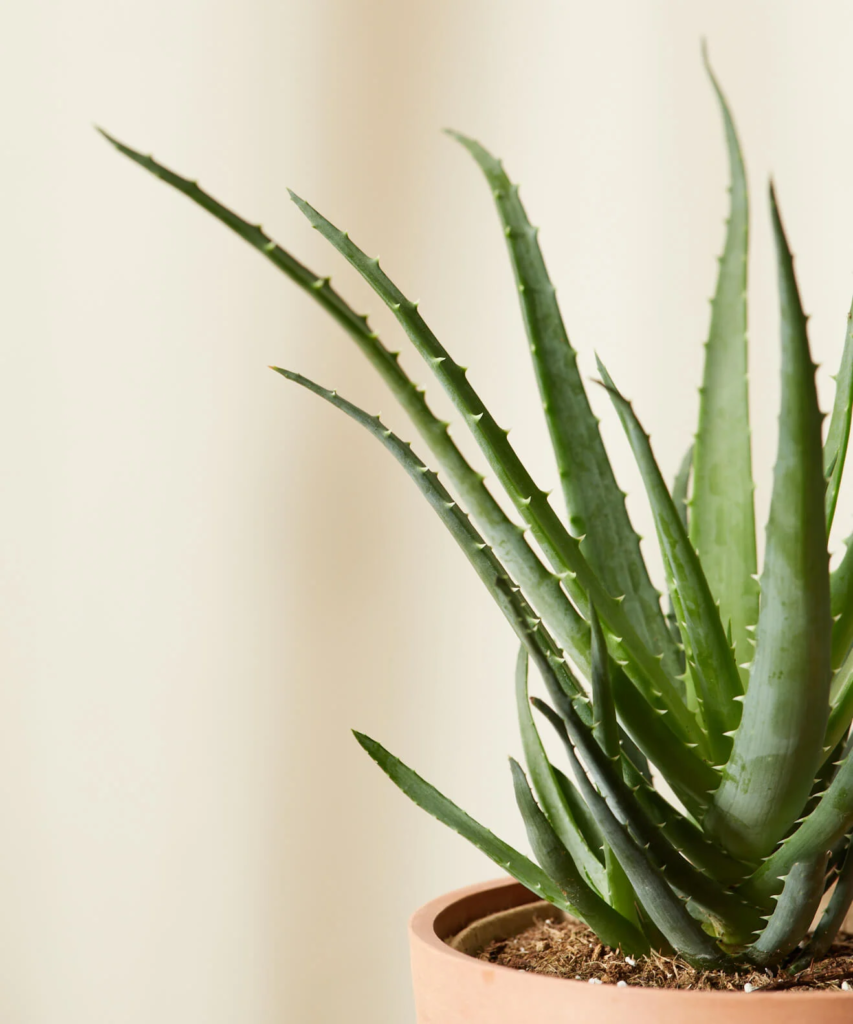
Aloe Vera
This tropical plant is a must-have for any beginners reading this. My first house plant, caring for my aloe gave me confidence in knowing how to care for plants and also opened the door for me to become a full-scale plant parent.
What it needs: In addition to as much sun as possible, your aloe will need a pot that allows for lots of drainage. Keep the soil moderately moist but make sure not to water more than once a week.
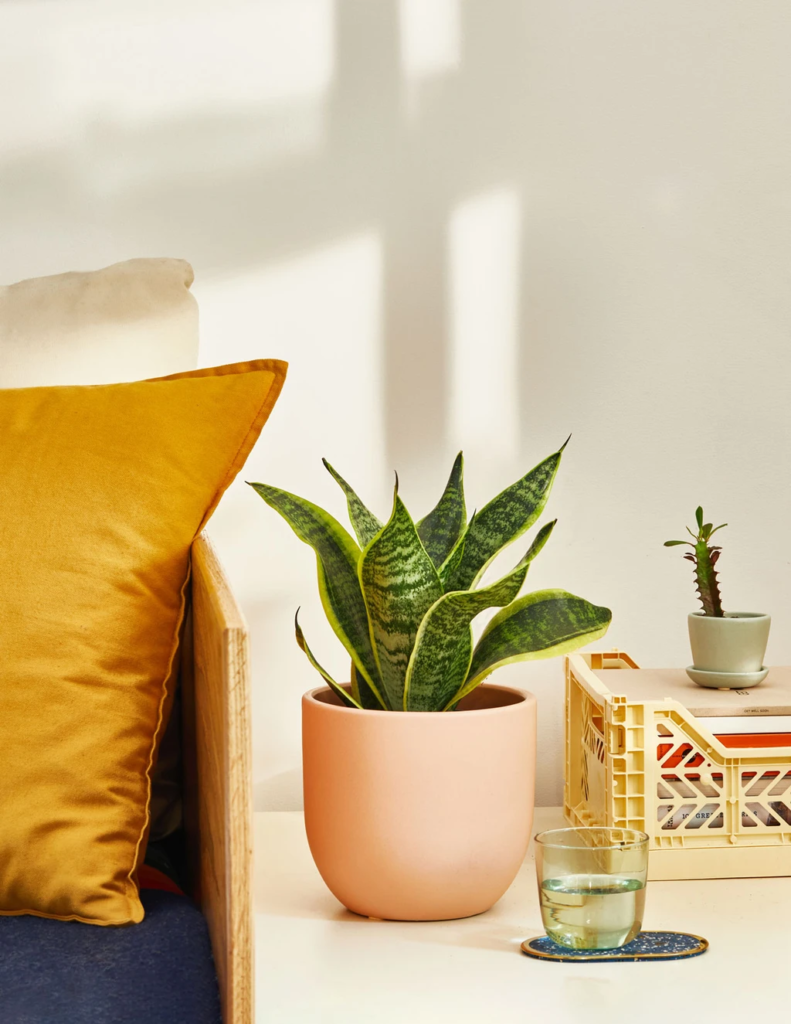
Snake Plant
Like an Aloe Vera, Snake Plants are impossible to kill. I currently have 3 snake plants in my house and at least 2 of them I have forgotten to water for weeks (they’re still alive and growing).
This is the perfect plant for a living room, bedroom, or guest space, as it is both graceful and looks great with any decor style (added bonus if you have it paired with macrame).
What it needs: What truly makes the snake plant an amazing find–it works great in both full sun and low light environments! If you want your snake plant to get big and tall, make sure to place it in a room that gets lots of sun. If your space only gets partial sun or shade, it will still grow–just not as fast. Make sure to allow the soil to drain completely before watering.
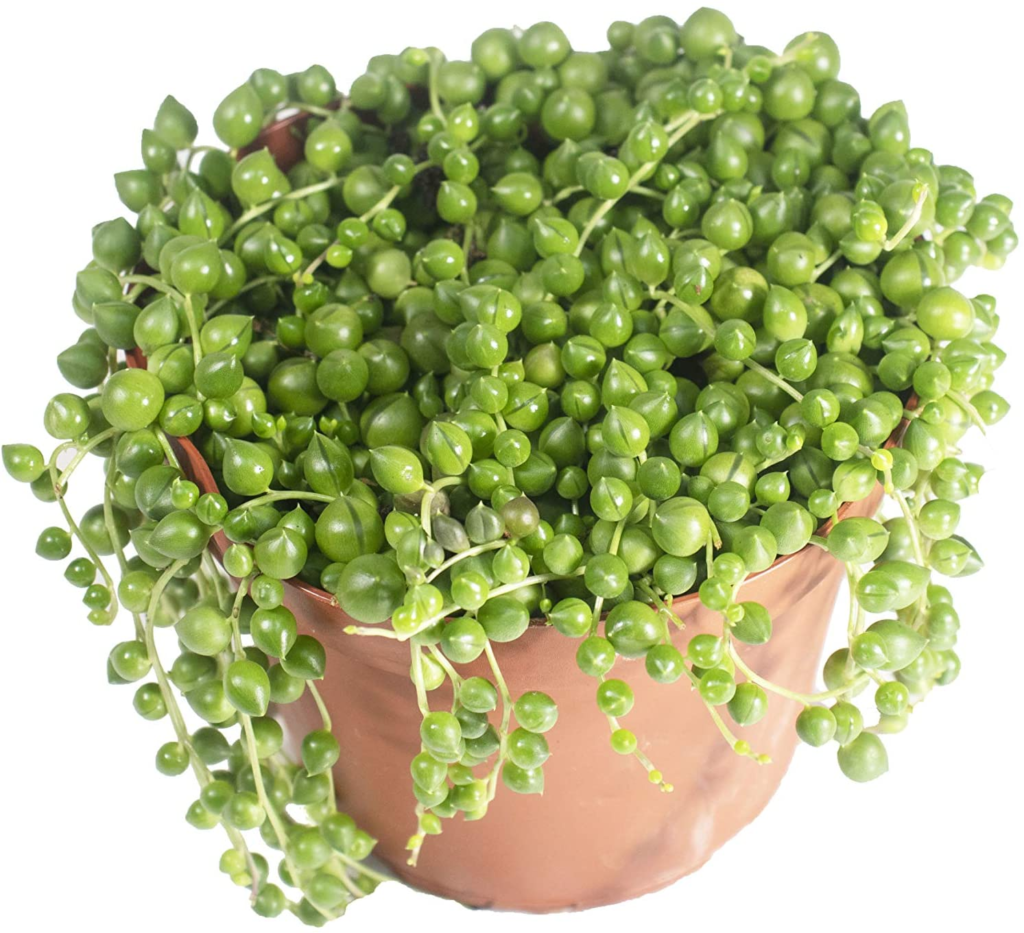
String of Pearls
Currently one of the most popular plants, String of Pearls is all over Pinterest and Instagram. An easy plant to care for, you are sure to wow your guests with this trailing plant.
What It Needs: Classified as a succulent, String of Pearls are very easy to grow and require only two things: lots of sun and a place to trail. I currently have mine on a shelf in my living room, as the more room they have the taller the plant will become. This plant needs as much sun as possible and occasional watering (I water mine once a week).

Cacti & Succulents
An easy plant to care for, succulents are fast growers and provide your house with a tropical feel. While cactus don’t typically grow as fast as succulents, they are the perfect choice for urban dwellers who aren’t home very often.
What They Need: Lots of sun. You will want to make sure to place your succulents in the place in your home that gets the most sun. Succulents need misting once a week; Cacti need a very small amount of water every 3 months.
Partial Sun
Prepare to turn your apartment into an indoor jungle with these easy plants that do wonders in upping the wow-factor of your home.
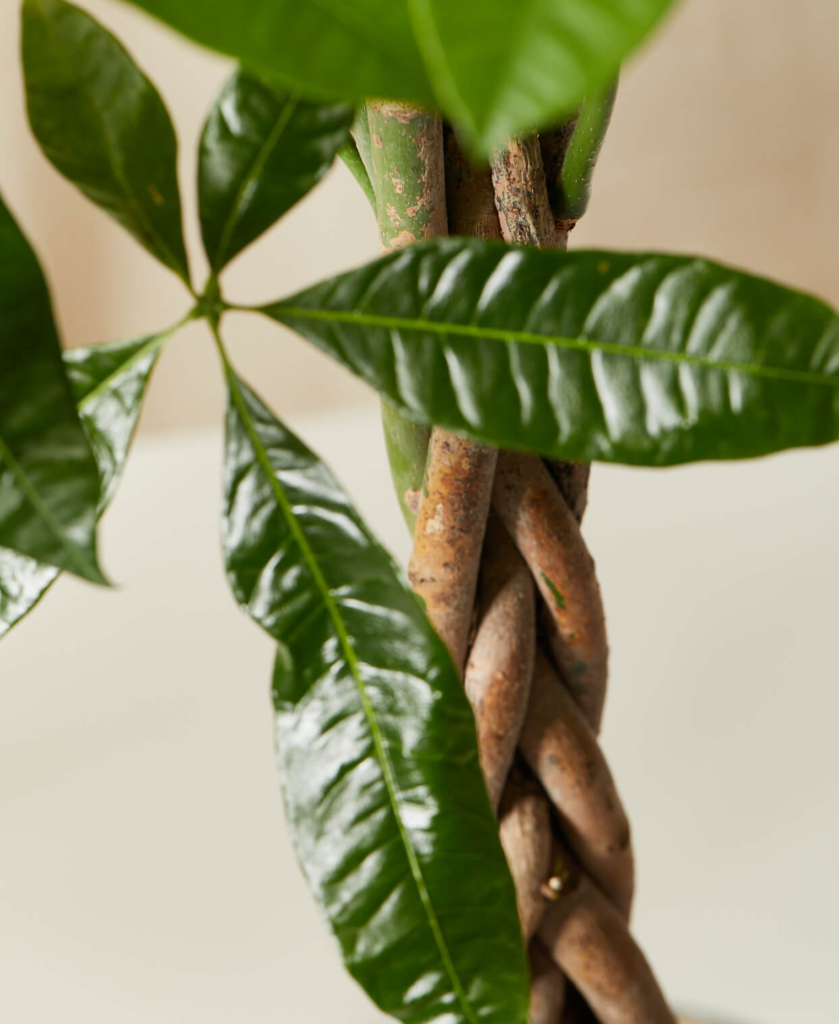
Money Tree
This plant derives its name from an esteemed place in feng shui, where it’s believed to bring you good fortune. Recently booming in popularity, the money tree is both easy to care for and is fast growing; making it the perfect plant for any room that gets medium-levels of sun.
What it needs: Medium sun. The equivalent of 1 ice cube of water every week
Note: The leaves will burn if you place it in front of intense, direct sunlight. Make sure to keep an eye during the summer, and if needed move your tree into an area with less light.
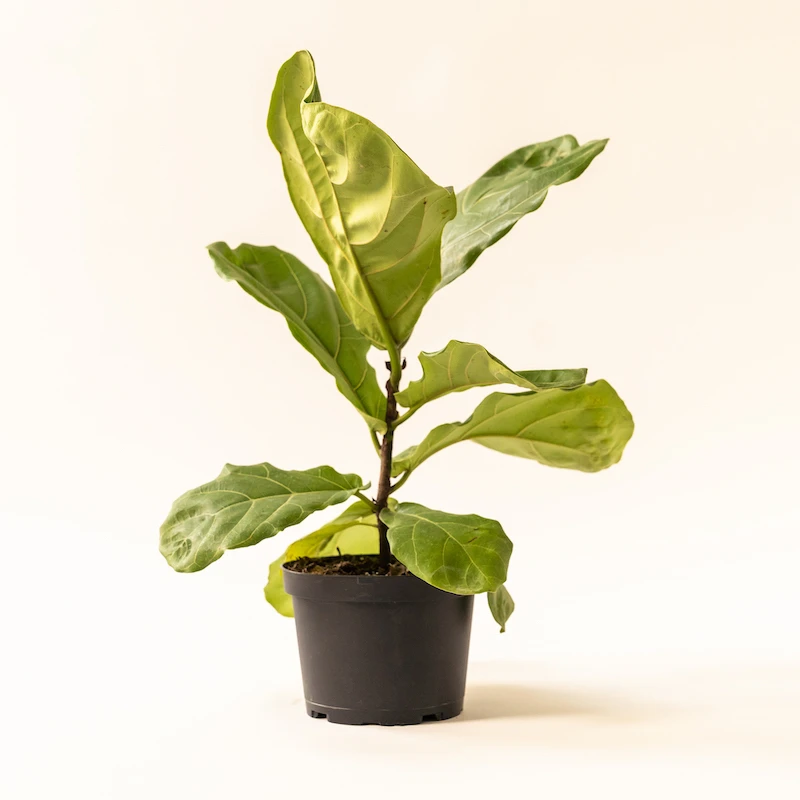
Fiddle Leaf Fig
My all-time favorite houseplant, there is nothing as beautiful and classy as a Fiddle Leaf Fig. These beauties hail from Africa and love being placed by a sunny window.
What it Needs: Moderate sunshine. Fiddle Leafs do best when placed beside a sunny window, but not right in front (they don’t like sunlight directly touching their leaves). Moderately water once a week and let the soil drain between each watering.
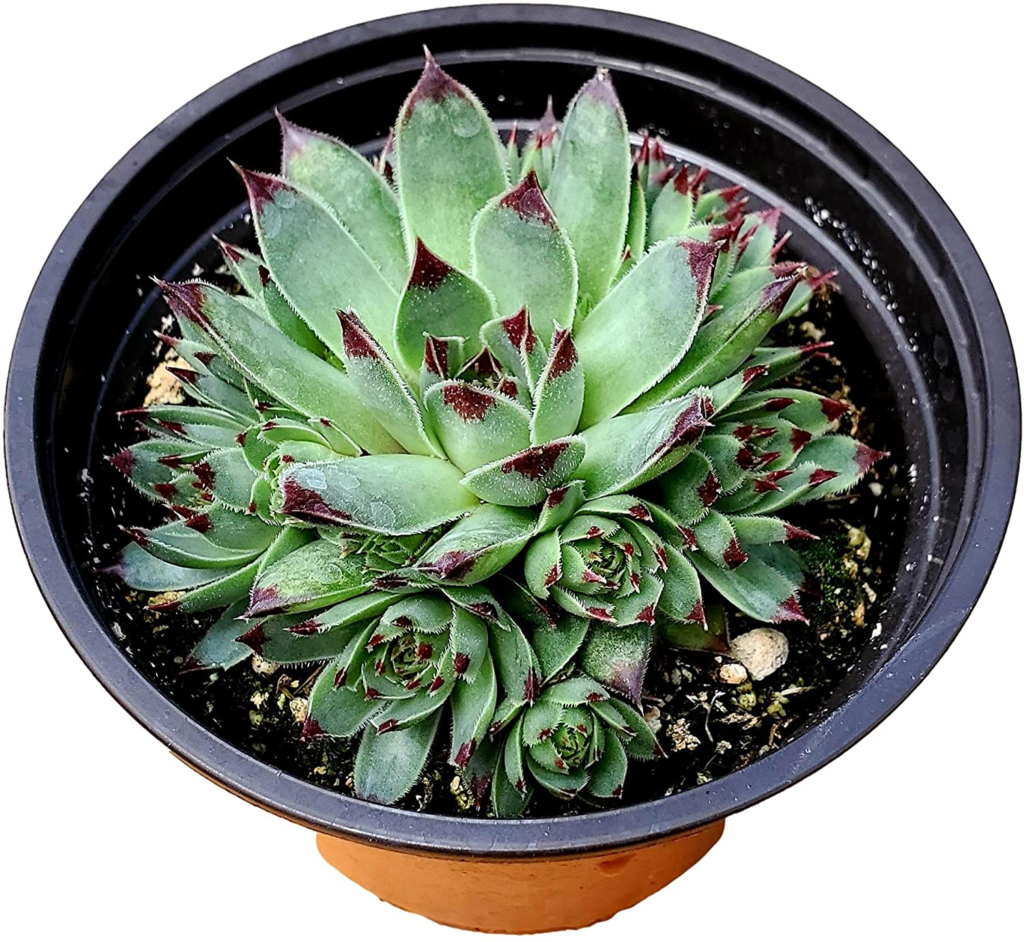
Hens & Chicks
A very unique succulent, Hens & Chicks is one plant that reproduces multiple times from its own self. Advertised often as a plant that thrives on neglect, this is a perfect plant for those with busy schedules and not-so-sunny apartments.
What It Needs: Moderate to low levels of sun; gently misted about once a week (can go longer)
Partial Shade
Bring these beauties home and prove to your friends that you don’t need lots of sun to have a thriving indoor plant paradise.

Monstera
This gorgeous Monstera plant comes straight from the Amazon river and gives a pop of elegance to any room. A perfect choice for a space that you spent lots of time in, it’s beautiful green leaves are sure to improve your mood and help you relax after a busy day.
What It Needs: These tropical plants are unique in that their natural environment is on the bottom of the forest floor. Similar to ferns, they don’t need a ton of sun. Make sure to adequately water each week, but let the soil completely drain before watering, as they can be prone to root rot.

Parlor Palm
This beautiful plant has it all: it’s great for beginners, is a natural air-purifier, and is safe for pets and children!
What It Needs: Water every 1-2 weeks; watering may need to increase depending on how much sun the plant receives.
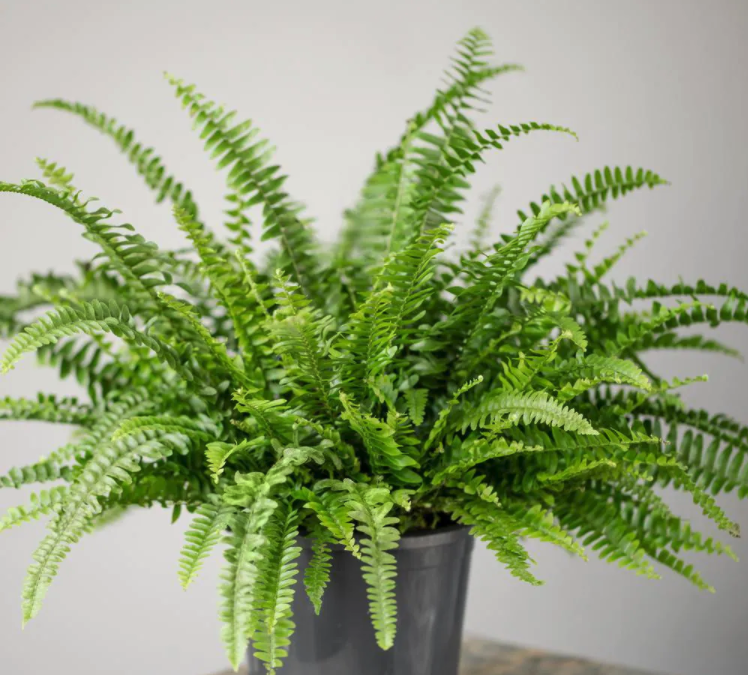
Ferns
Almost all ferns love less than 3 hours of sun. These ground-dwellers are the classic choice for when needing a pop of life in your space. Placed beside a shady window sill, they are sure to be a great addition to your personal garden.
What They Need: Less than 3 hours of sun. Water well once each week and mist every couple of days. Make sure to plant your fern in a pot that drains well.
Full Shade
Proving that yes, even in a basement apartment with little sunlight you can still have a thriving garden.
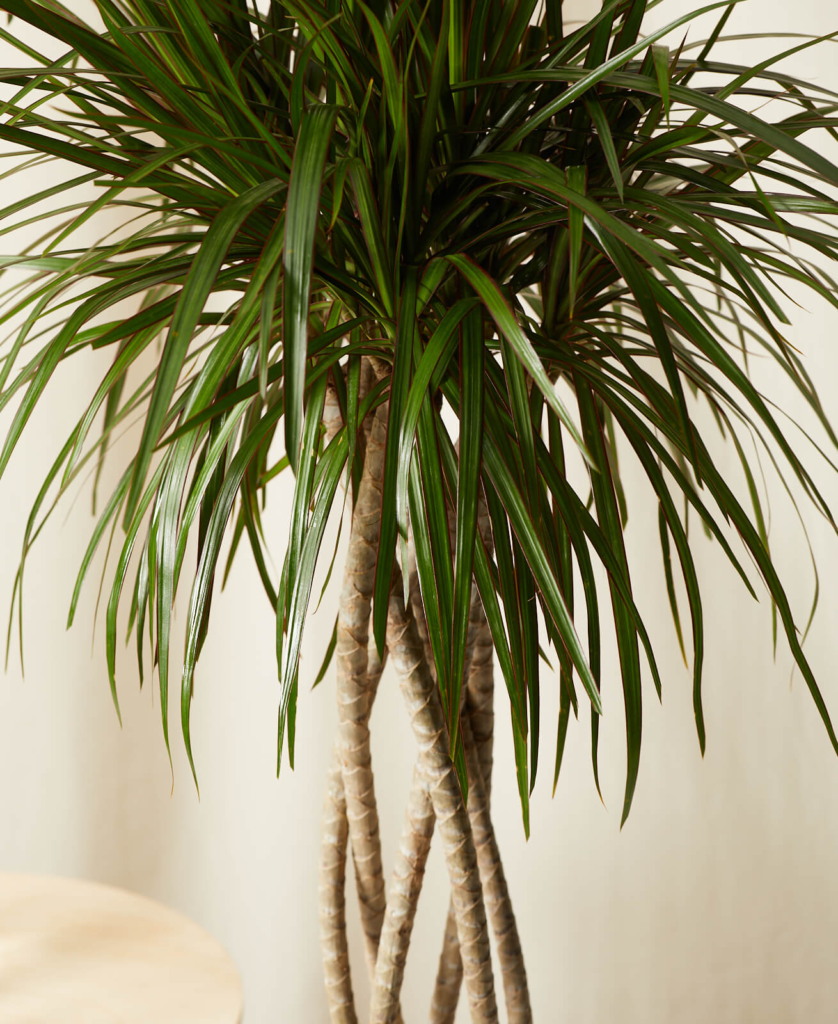
Madagascar Dragon Tree
The name isn’t the only cool thing about this plant–it also removes formaldehyde, xylene and toluene from the air (all harmful chemicals).
Very easy to grow and super low maintenance, this plant is sure to amaze your guests and bring lots of life to your space.
What It Needs: 1-2 hours of sun and watered minimally once a week.
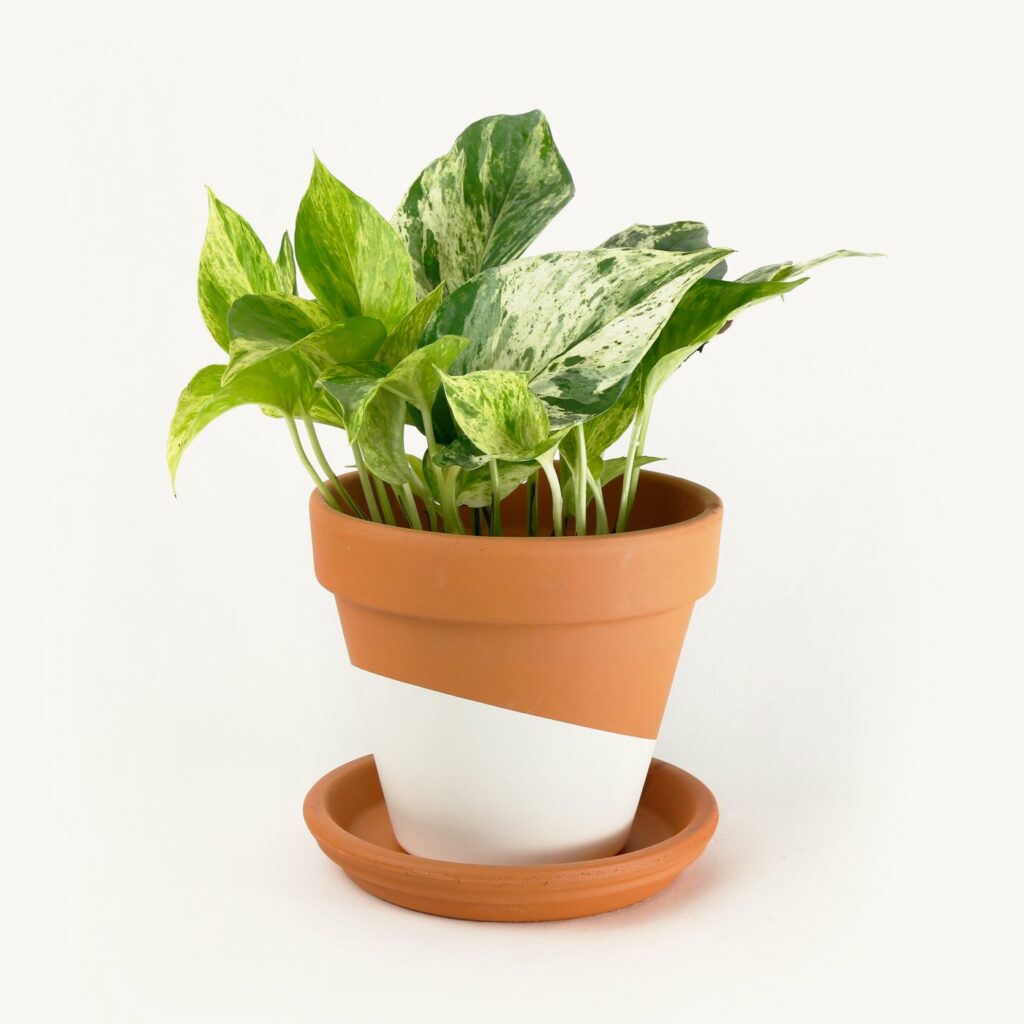
Pothos
In the ivy family, Pothos was one of my first plants and I absolutely loved it. You can’t kill this plant. I promise you. This super-easy plant thrives in little sun and doesn’t need much attention; making it a perfect place to start for beginners.
What It Needs: Plant in well-draining soil and water once a week.
To Wrap It Up..
Creating a thriving jungle in your apartment is not actually as hard or unattainable as you may think. We hope this guide to apartment gardening gives you all the confidence you need to grow a thriving indoor garden in the comfort of your own home. Just remember to research, don’t overwater, and make sure to have adequate amounts of humidity and sunshine and you are well on your way to being an all-star plant parent!
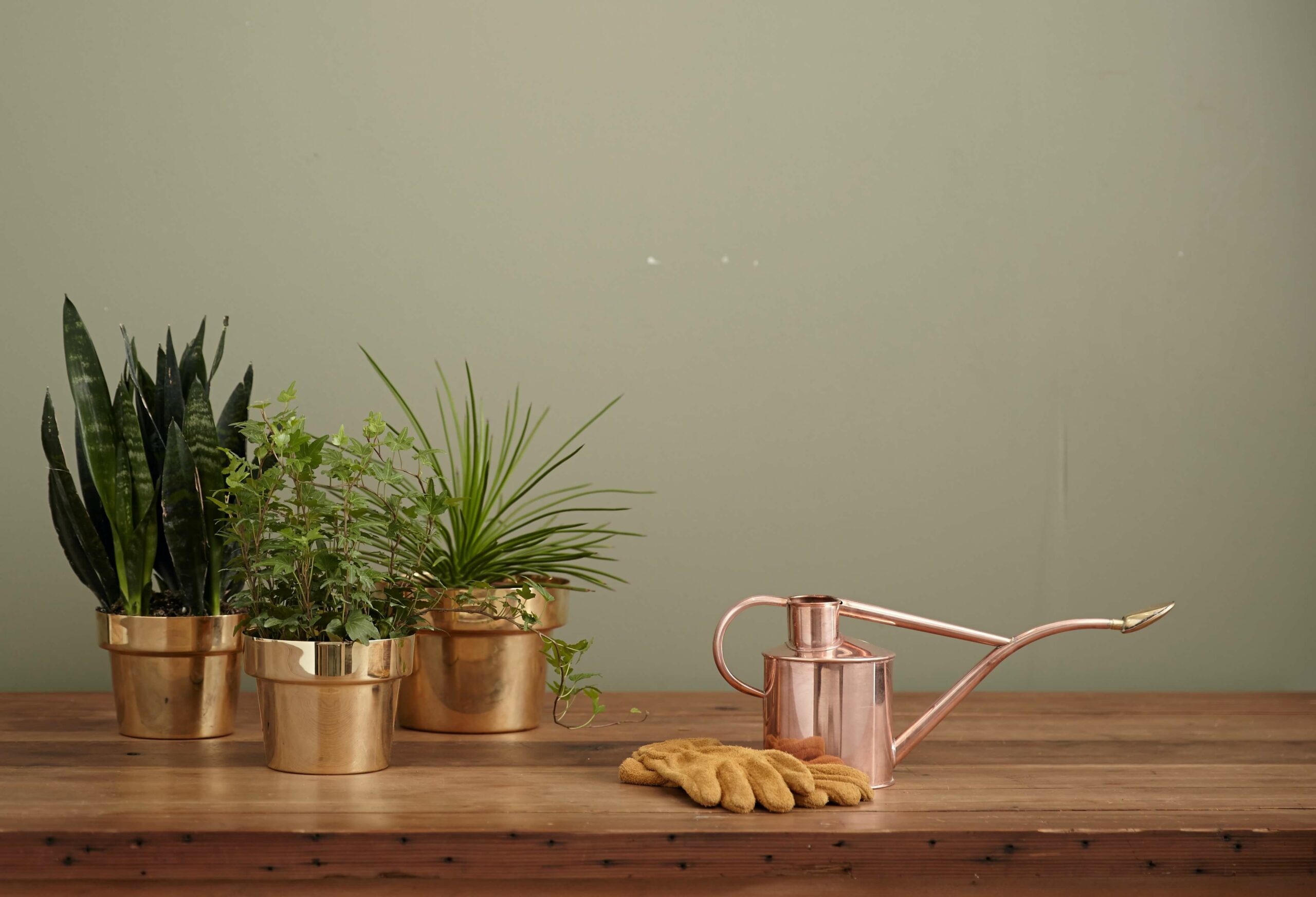

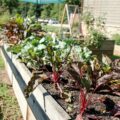
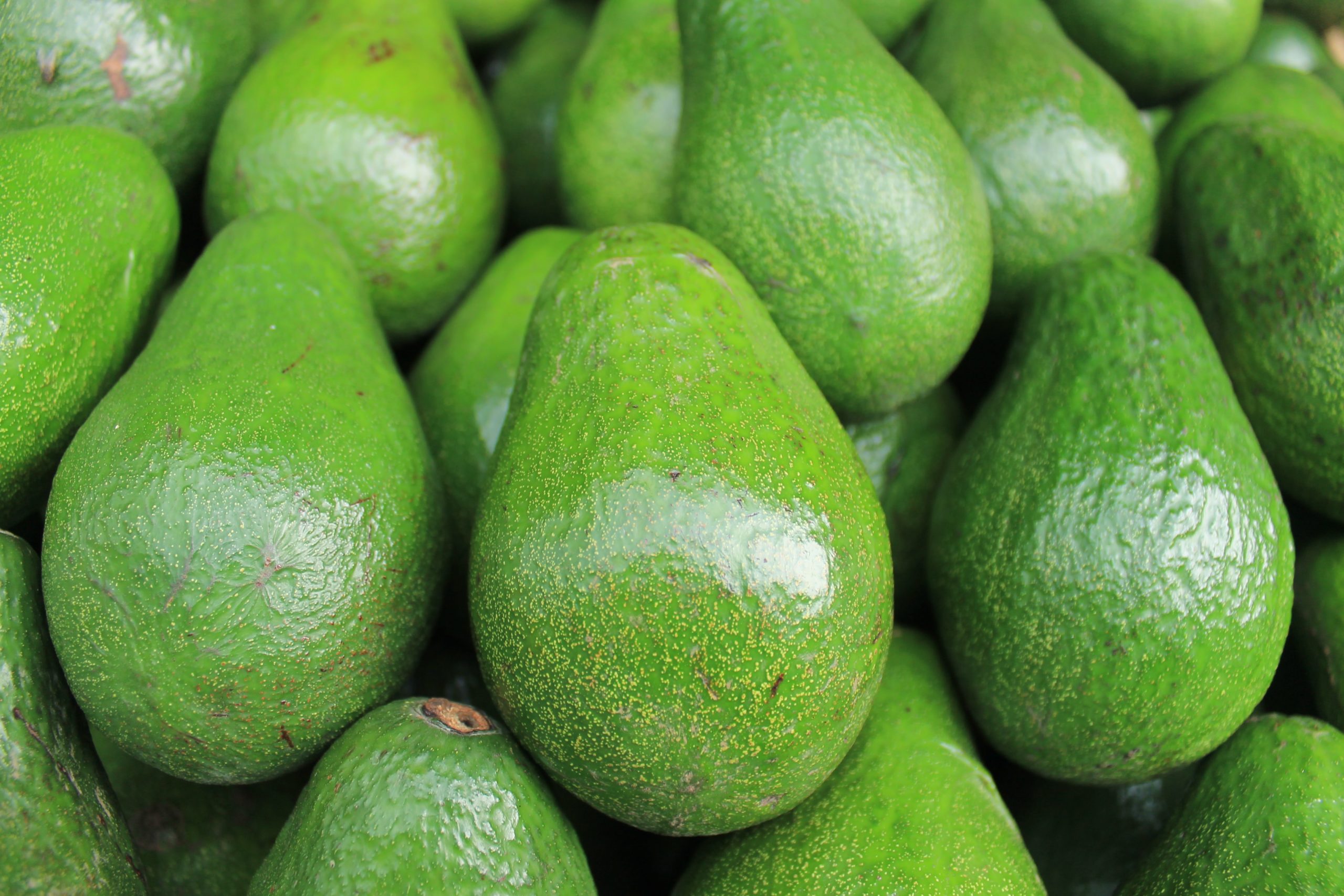
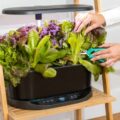

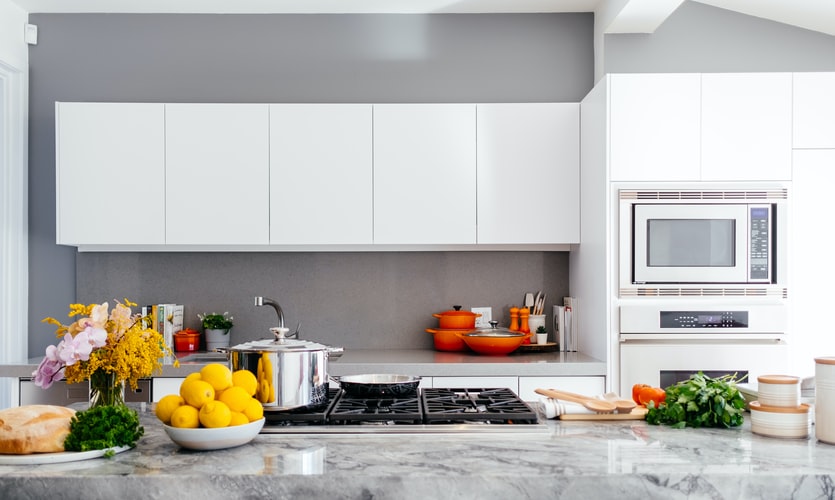

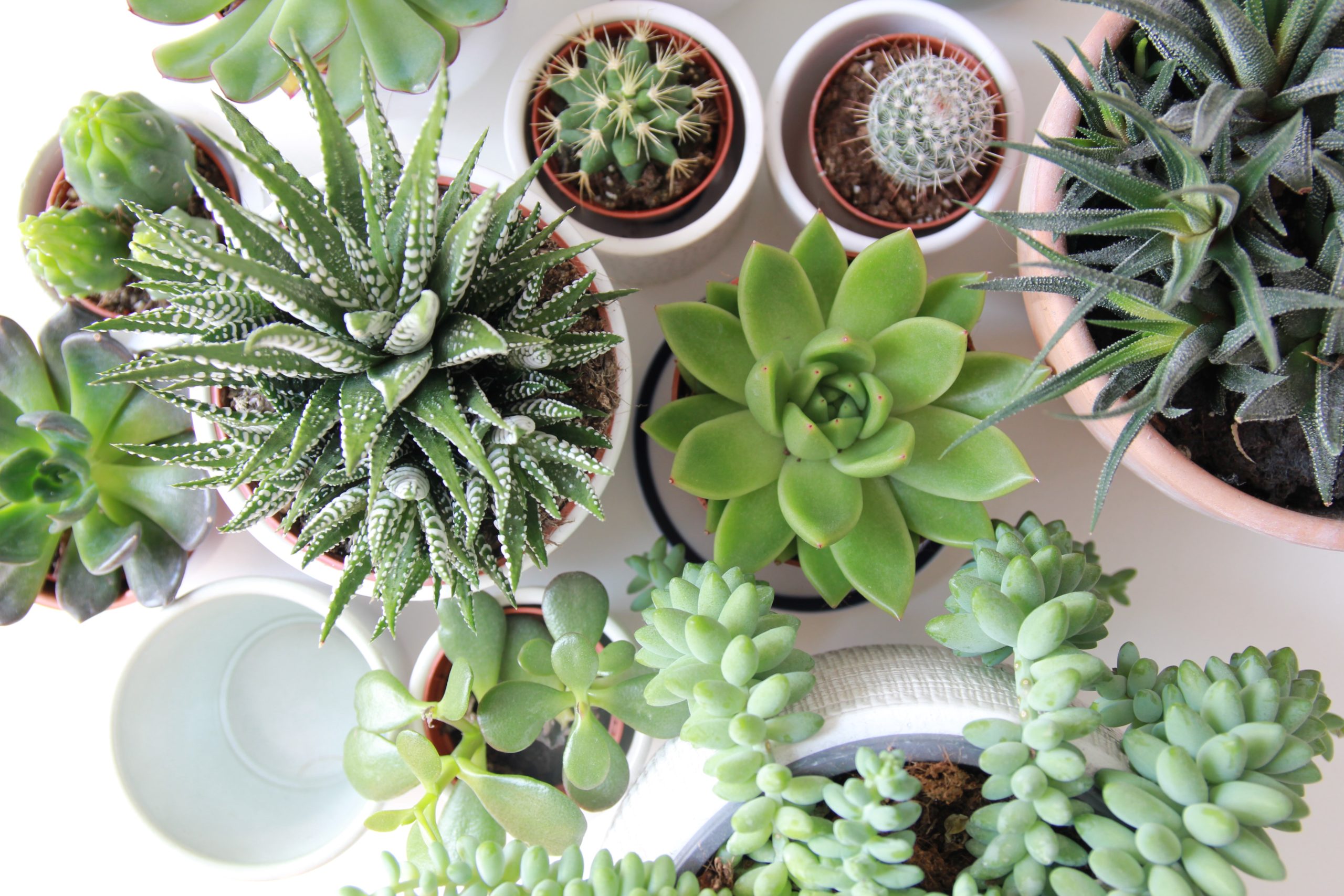

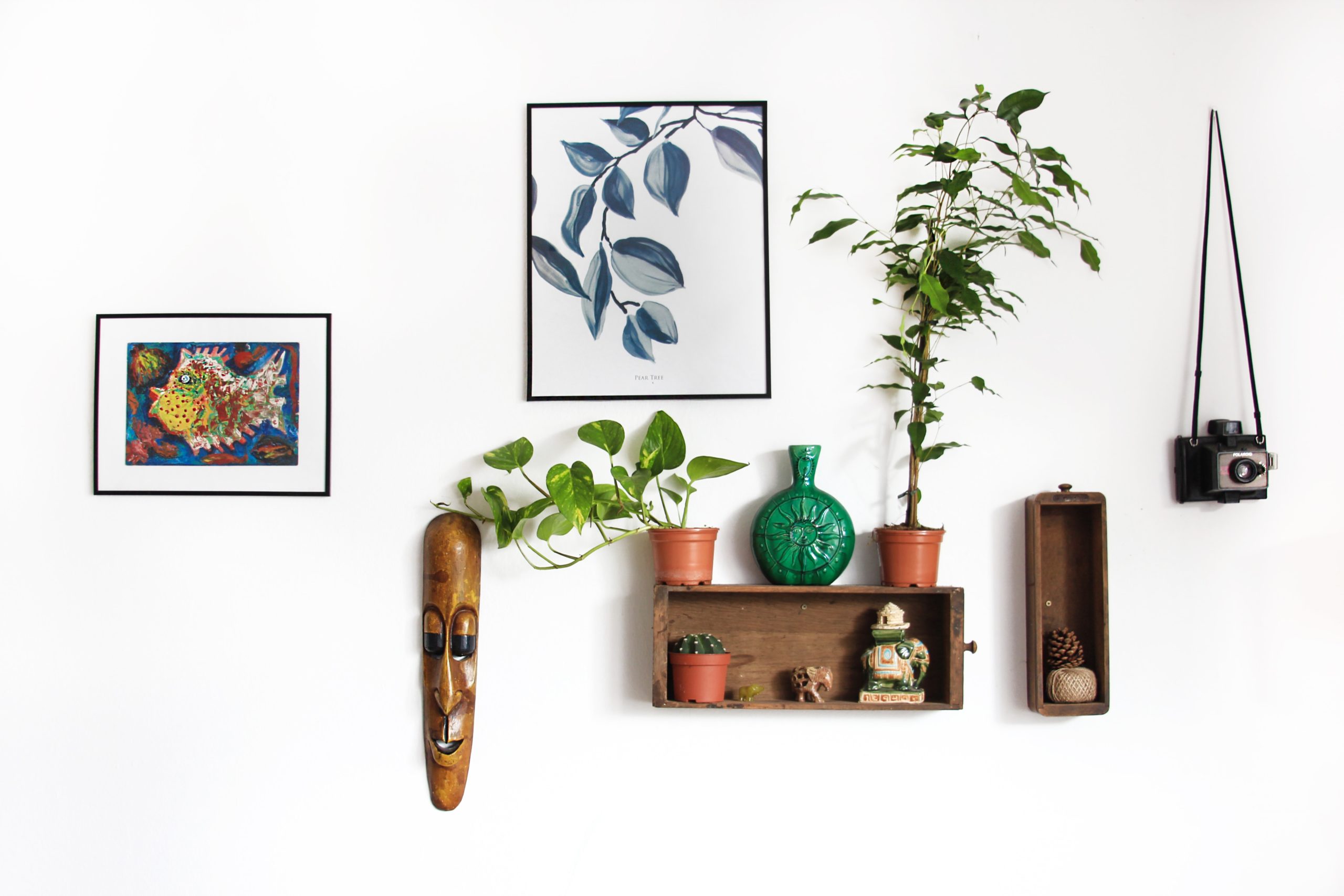
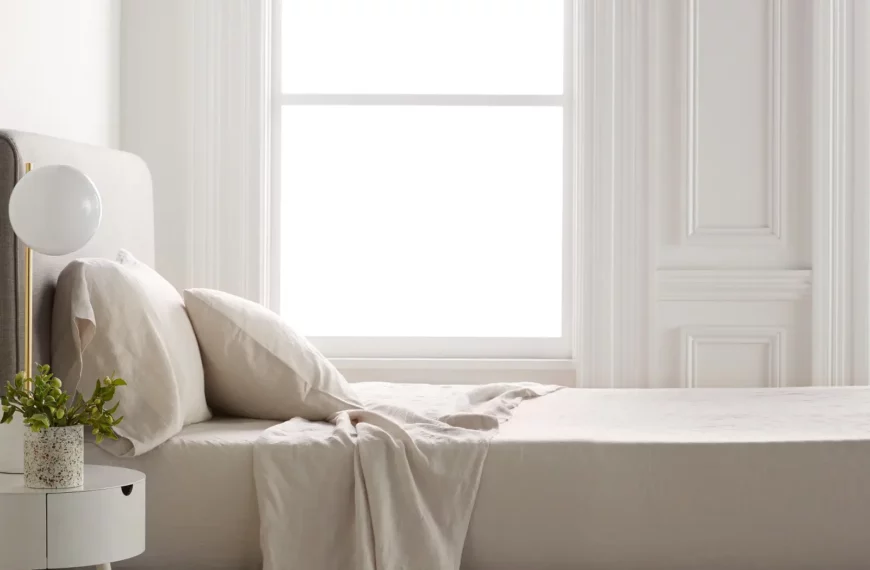
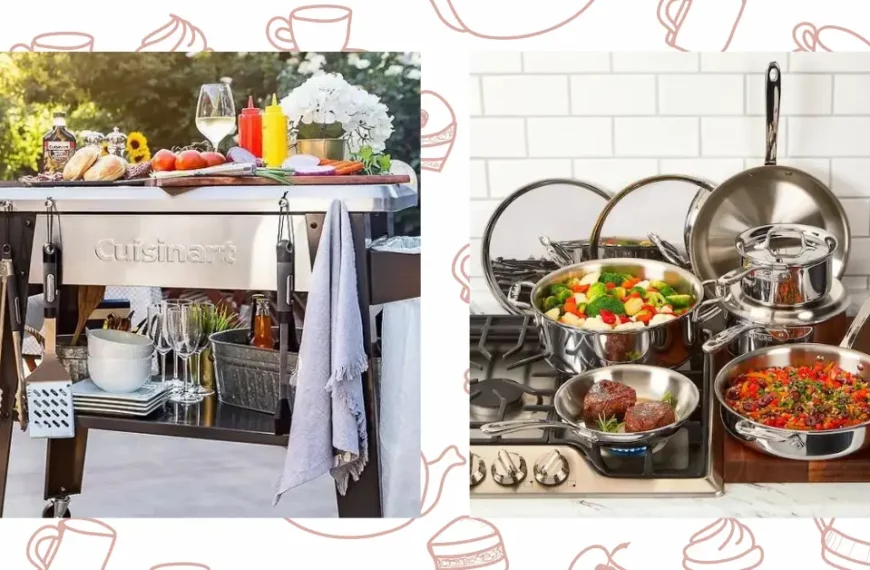

Leave a Comment